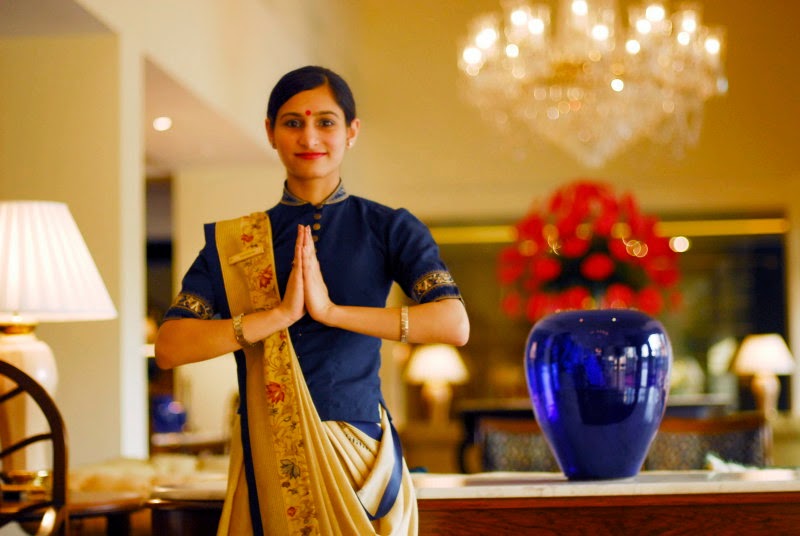Traditional clothing is always an interesting topic to talk about. Today, I am sharing with you several traditional clothing of some Asian countries which are Thailand, Viet Nam, China, Japan and Korea. Each country has their own beauties, they not only can be seen through foods, landscapes, but also can be recognized through traditional clothing. Let;s take a look of them so that we'll an overall look to the beauty of each country.
1. Kimono (Japan)
I would like to started off with the Land of the rising sun, which also known as Japan. As a fan of Japanese comic books, I am so in love with clothing the characters wear in manga, especially Kimono. Kimono is made from a colorful fabric and made a woman looks extremely elegant while wearing it. There are many different types of Kimono, it depends on occasion, season, and even a person status to wear an appropriate gown.
Uchikake (worn by a bride in wedding day)
Yukata (usually worn during summer)
Furisode (the most formal kimono for unmarried women)
Komon ( both married and unmarried women may wear Komon)
2. Qipao (China)
As a traditional dress, Qipao is like a wonderful blossom in China's bright-colored fashion scene. Because of it unique charm, many women wear it to show their special grace.
A bride wearing red Qipao on her wedding day
A woman can also wear scarf with Qipao to create graceful look
3. Ao dai (Viet Nam)
Ao dai is a Vietnamese traditional dress. The áo dài is a Vietnamese national costume, now most commonly worn by women. In its current form, it is a tight-fitting silk tunic worn over pants. Especially, ao dai can be worn as a uniform of high school students in Viet Nam.
A Vietnamese girl in Ao dai
Vietnamese brides in ao dai
Vietnamese high school student wearing ao dai to school
4. Hanbok (Korea)
It is often characterized by vibrant colors and simple lines without pockets. Although the term literally means "Korean clothing", hanbok today often refers specifically to hanbok of the Joseon period and is worn as semi-formal or formal wear during traditional festivals and celebrations.
A bride in her wedding Hanbok
Girls wearing colorful Hanbok
Children in adorable Hanbok
5. Thailand
Traditional Thai attire are worn by men, women, and children, and consists of several elements. Thai traditional clothes comes with many different names such are Pha Nung, Chong Kraben, Sin and so forth.
Thai Sinhs
Thai wedding dress
Chong Kraben


















.jpg)















